Last week’s Flash Back Friday featured my 1987 Dodge Shadow Shelby CSX, which might have you thinking I’ve made a typo above and I’m just double-posting about the same car. But no, my 1989 Shelby CSX was an entirely different car. Sure, they shared the same starting point (a Dodge Shadow) and they used the same basic drivetrain (an intercooled, turbocharged 2.2-liter inline-4 mated to a 5-speed manual transmission) but that’s where the similarities ended.
It’s worth noting that Shelby also offered a 1988 version of this car, but where the first year (1987) CSX was a black-and-gray model offered with an intercooled 2.2-liter to consumers, the 1988 Shelby CSX-T was missing the intercooler and was only offered to Thrifty (thus the “T” in the name) rental car agencies as a throwback to the 1966 Shelby GT350H rental car Mustang. The 1988 Turbo I engine was rated at just 146 horsepower, and 1000 of these CSX models were produced, the same number as the 1987 model.
The 1989 Shelby CSX featured several upgrades from the ’87-’88 versions. First, the intercooler returned to the turbocharged 2.2-liter engine, ensuring more power under a wider range of ambient temperature. Second, the engine featured an entirely new “variable-nozzle turbo” technology. The 1989 Shelby CSX is officially called the “CSX-VNT” though I never heard anyone refer to it that way the entire 4 years I owned mine. This was also the rarest of the three Shelby CSX model years, with only 500 produced.
Regardless of the name, this technology was incredibly advanced for 1989. The computer-controlled variable nozzle in the turbo meant it could change the angle of the turbo vanes to reduce their opening size, thus maintaining high airflow even at low rpm. The result was peak torque hitting at just over 2,000 rpm, a feat previously impossible on a turbocharged street car because the 1989 Shelby CSX was the first application of this technology on a production vehicle. Porsche would finally catch up with Dodge, incorporating this tech on its 911 Turbo in 2006. I pointed this out in an online post (“Porsche finally catches up with Dodge, 17 years later”), and you can imagine how many P fans angrily attacked my comment. They hated the post…though they couldn’t deny its accuracy. 🙂
What this translated to on the street was a front-wheel drive, four-cylinder car with V8 muscle car-like torque at low rpm. The first time I aggressively hammered the throttle and dropped the clutch I was stunned. The CSX’s 15-inch Pirelli tires shrieked as the car lunged forward. Peak torque was rated at 205 pound-feet, and the car only weighed about 2,500 pounds.
It would have been quick at any altitude, but in the thin air around Denver where I lived at the time the 1989 Shelby CSX was easily capable of shaming V8 Camaros and Mustangs, not to mention import performance cars of the early 1990s like the BMW M3 and Mazda RX-7. This was before I installed a Direct Connection (Chrysler’s predecessor to Mopar Performance) computer, which upped the turbo boost and raised the rev-limiter. My car also had the optional Recaro seats, which made it a bit rarer than the average 1989 Shelby CSX and really did add to its lateral support and long-distance comfort.
Over the course of 4 years I drove this CSX throughout Colorado while terrorizing much more popular and (supposedly) faster cars in the Mile High City. In June of 1994 I used it for a road trip from Denver to Northern California before making a run down Pacific Coast Highway between the Redwoods and Los Angeles (about 700 miles of scenic, twisting coastline). The car averaged over 30 mpg on that trip and was a joy through Big Sur.
The 1989 Shelby CSX also featured an upgraded, firmer suspension, four-wheel disc brakes and “fiber-composite” (basically high-grade fiberglass) wheels. The combination made it one of the best-handling cars I’d driven at the time. Between the CSX’s straight-line acceleration, superb stopping power and sharp handling I was blown away by the car’s well-rounded capabilities. Keep in mind, up until that point in my life I had mostly driven V8 Mopars from the late 1960s, so my standards were pretty low. But I had enough run-ins with contemporary 1990s performance cars, both in straight-line and handling contests, to know the CSX was something special.
If there was one downside to the CSX it stemmed from something I couldn’t blame the car for — it was an idiot-driver magnet. In my 4 years of 1989 CSX ownership the car was damaged multiple times through no fault of its owner. This included getting rear-ended by a drunk in a Ford Bronco, backed into by a buffoon at a gas station (in a Chevy Blazer), and scraped up on a parking garage pole by a careless girlfriend (I had an ominous feeling when she asked to borrow my car…should have listened to my instincts…).
When I sold the CSX to my dad in 1997 it still looked okay…mostly…but I knew how much body repair work was lurking under that deep red paint. It honestly felt a bit like damaged goods. However, this car will go down in history as one of the best economic deals of my life. I purchased it with 32,000 miles on the odometer for $5,500, including tax, title and license fees. I ground on the dealer for several hours to get that price, which seemed pretty good at the time before later confirming it was a freakin’ steal! Market value at that point was probably closer to $7,500, but I don’t think the dealer knew exactly what it was.
When it got rear-ended by the drunk I got a $4,500 insurance settlement (they technically totaled it) and I found a capable-yet-cost-effective body shop that only charged me $3,000 to fix it. When the Blazer hit it the guy wanted to avoid insurance claims and followed me to a body shop. The estimate was $800 to fix the scraped door paint and slightly dented rocker moulding, so he wrote me a check and I never got it fixed. When my ex-girlfriend scraped up the other rocker moulding in a parking garage she wrote me a check for $400 and, again, I never got it fixed.
So, of the $5,500 I paid for my 1989 Shelby CSX I got $2,700 back. Plus I drove it 40,000 (incredibly rewarding!) miles before selling it to my Dad for $2,500 (seemed fair, he’d sold me his 1987 Shadow CSX years earlier). Dad drove it another 30,000 miles, got hit several more times, ended up getting about $2,000 back on those fender benders, then sold it to a Shelby Club of America member in Utah for $1,500.
More than any vehicle I’ve ever owned, that Shelby CSX was the gift that kept on giving. But another high-performance red Dodge showed up to replace this one…
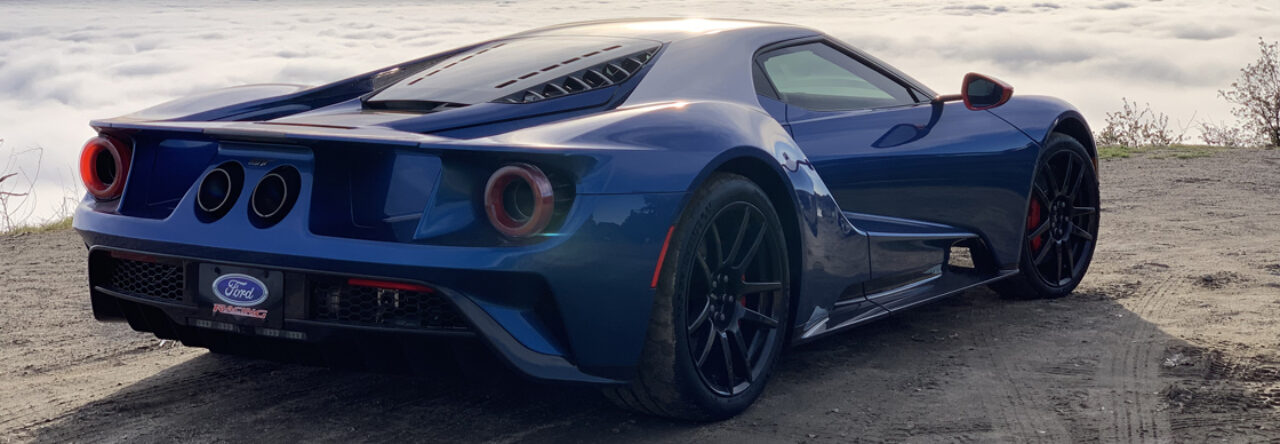
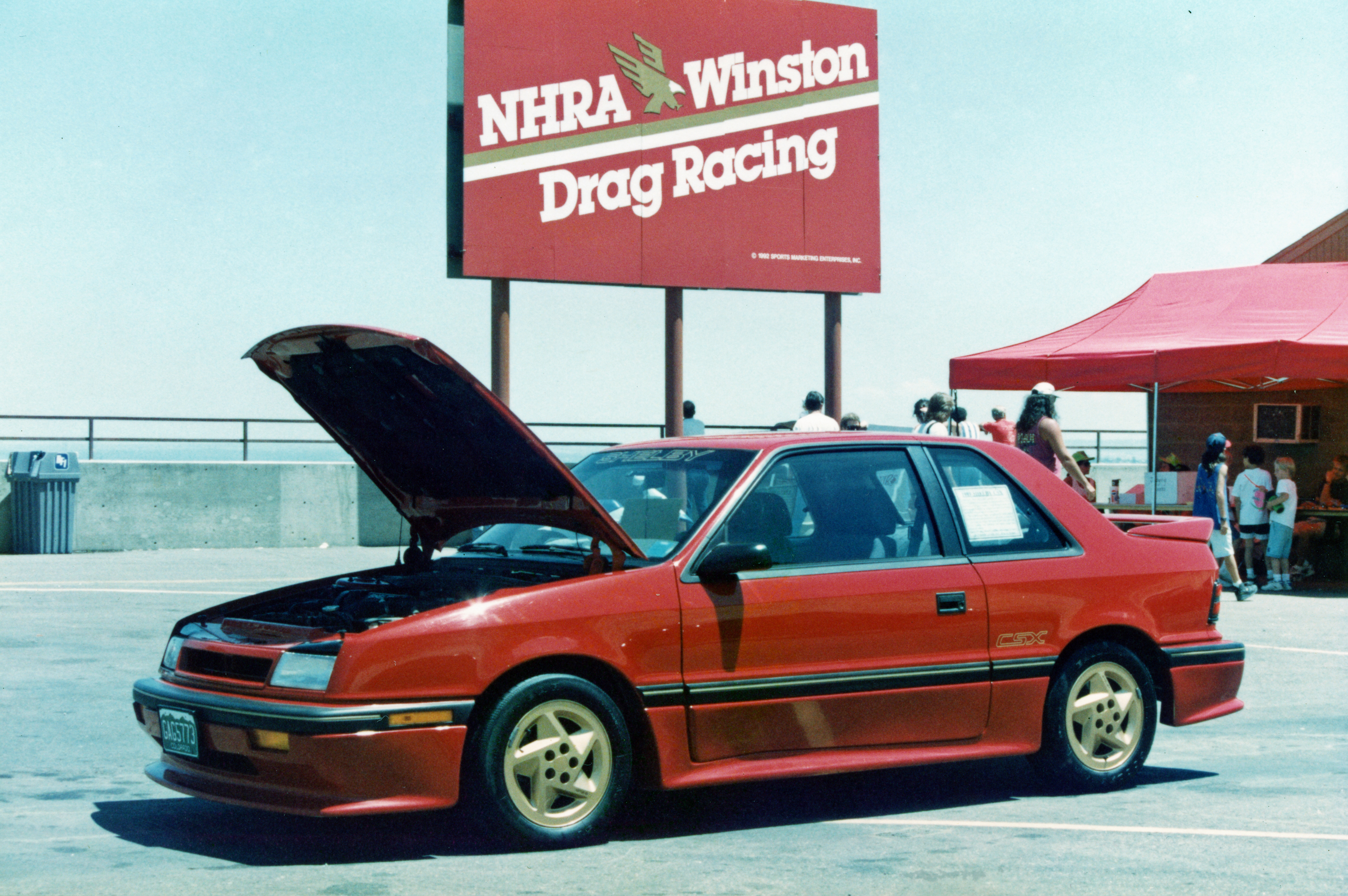
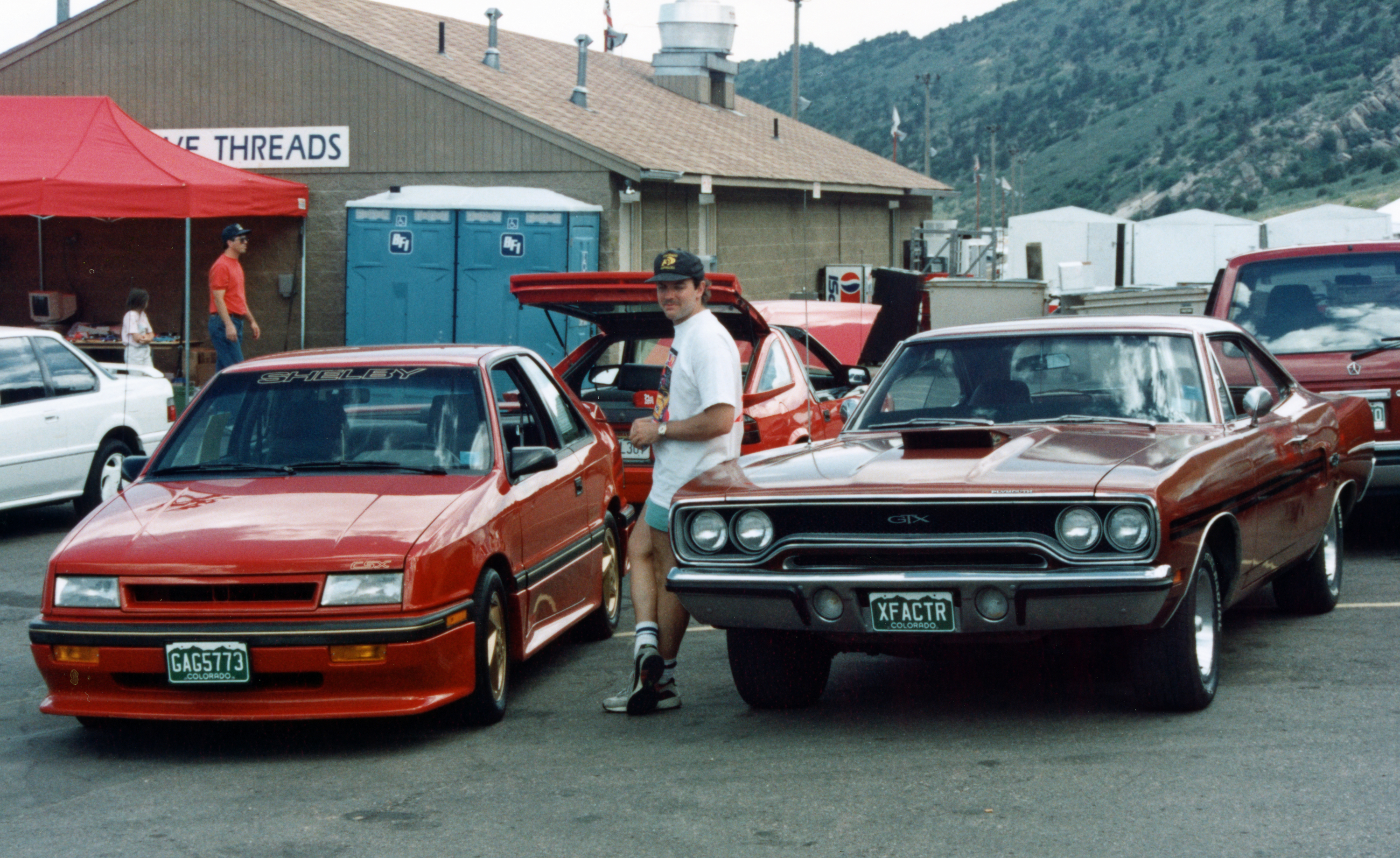
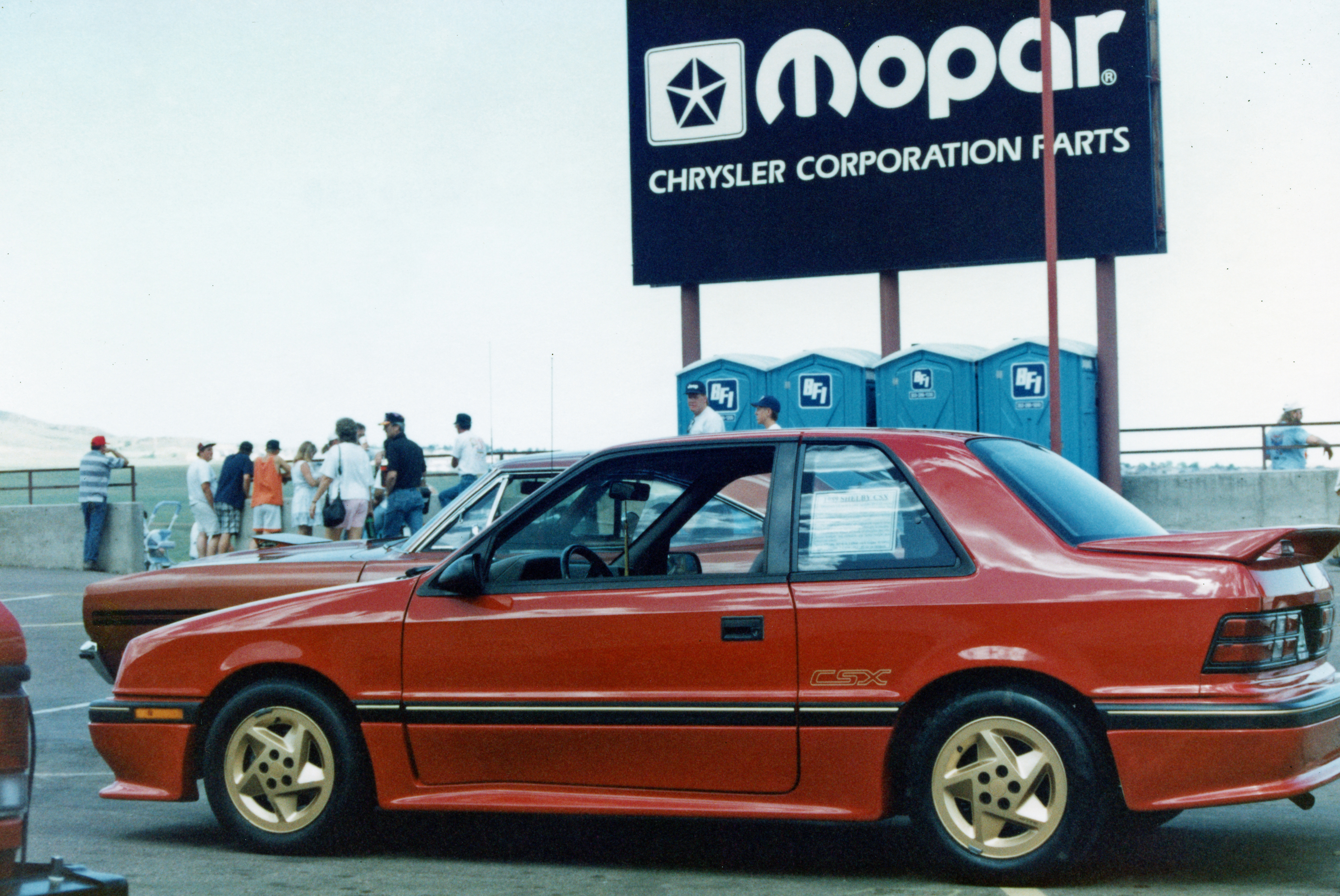
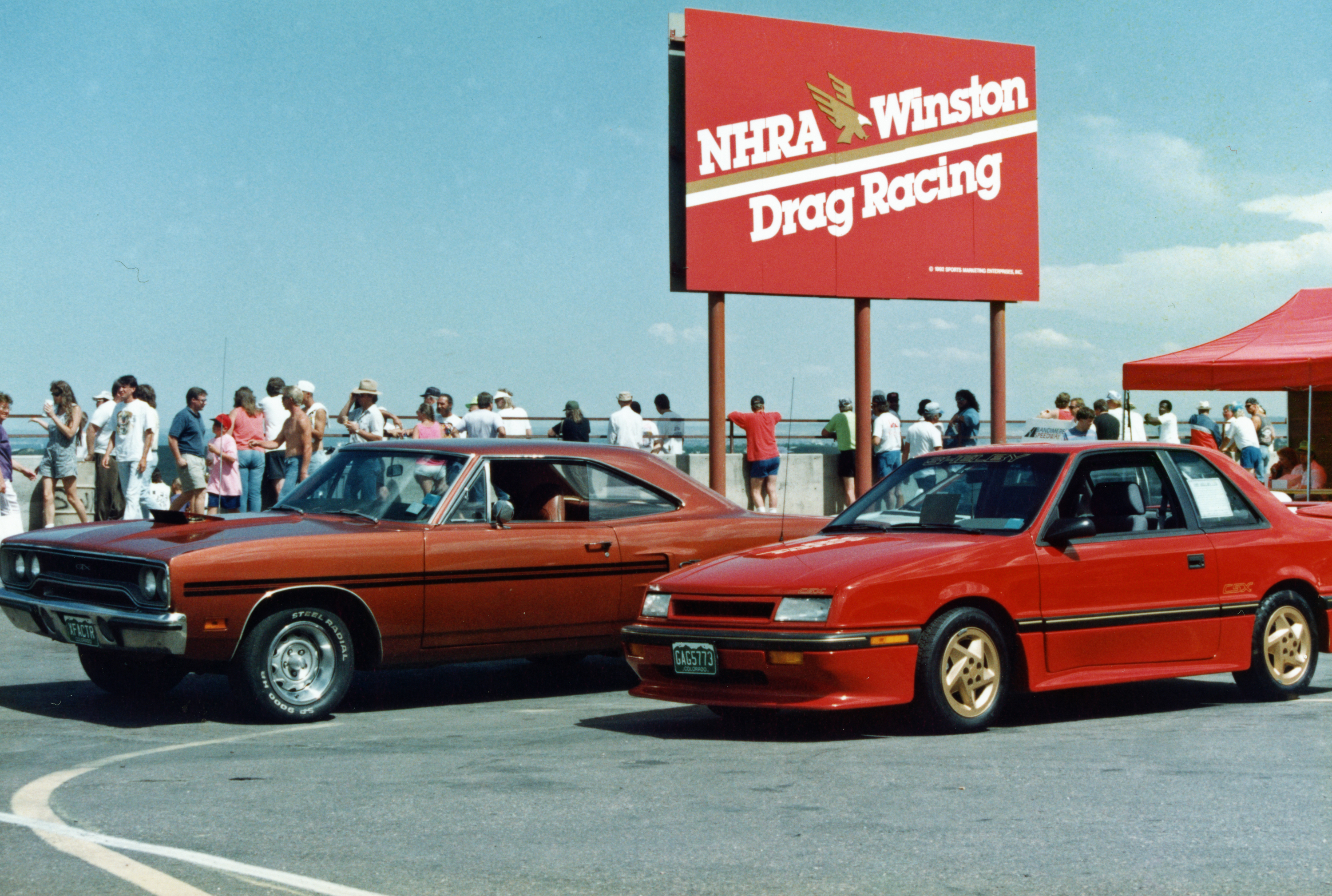
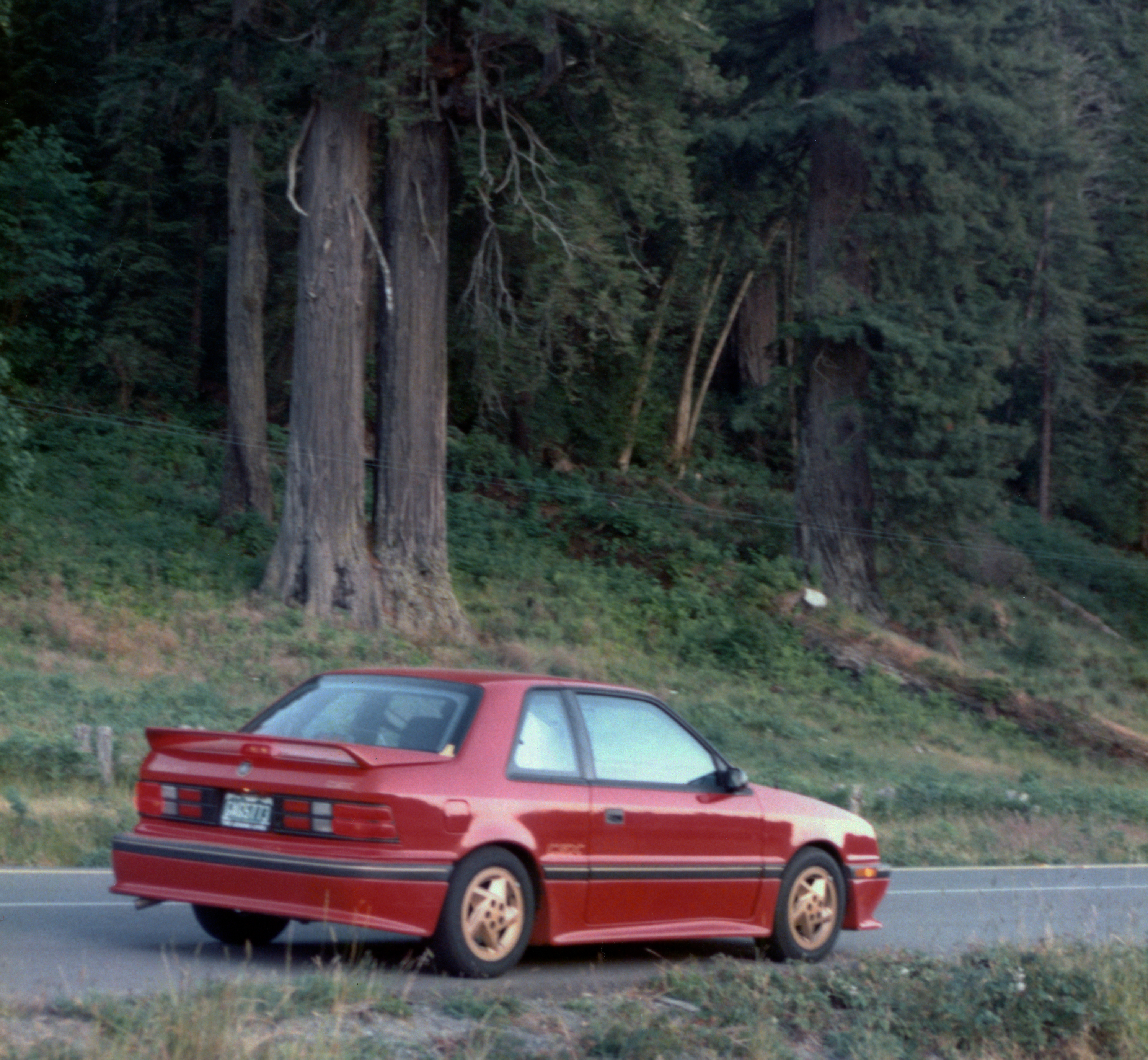
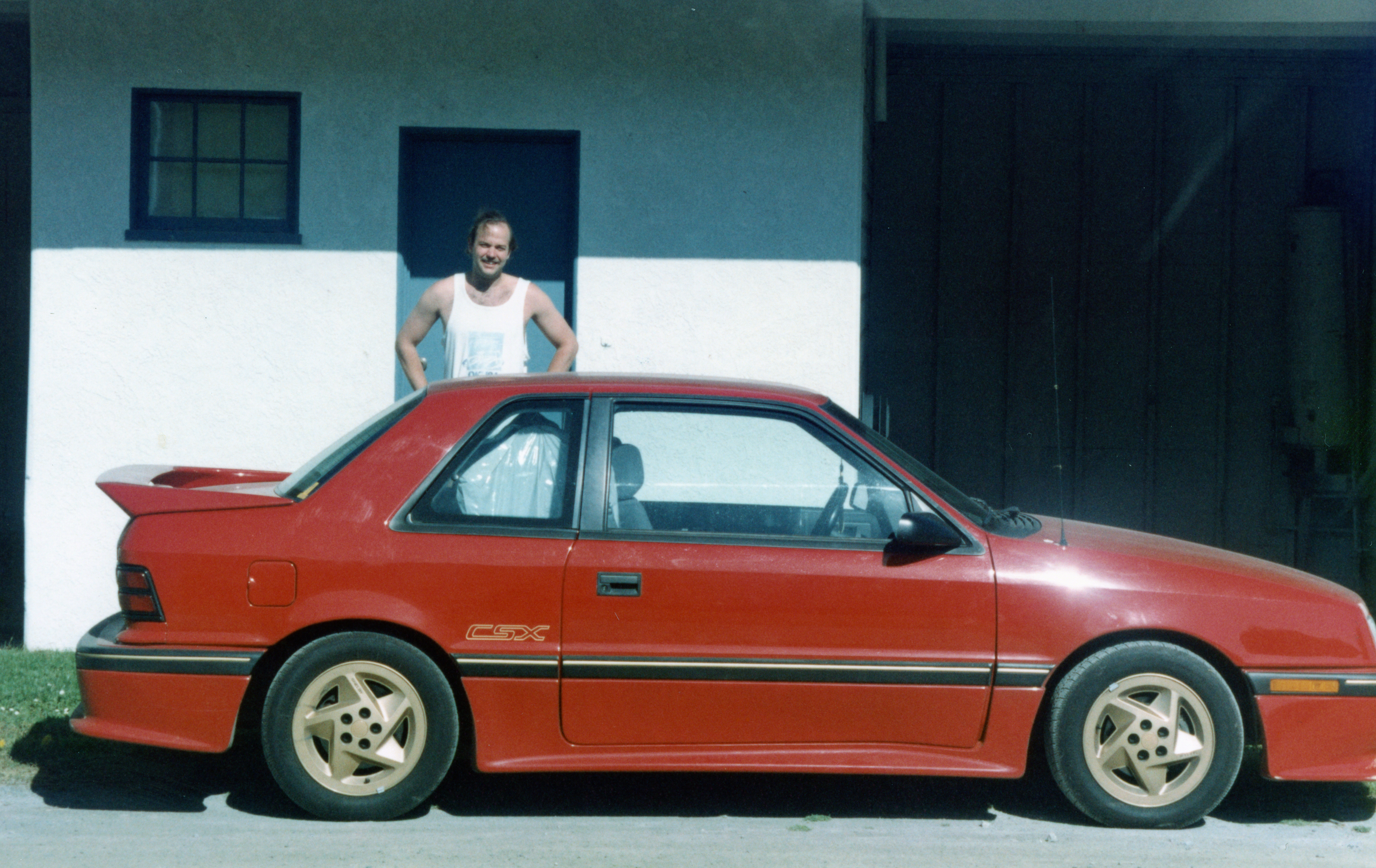
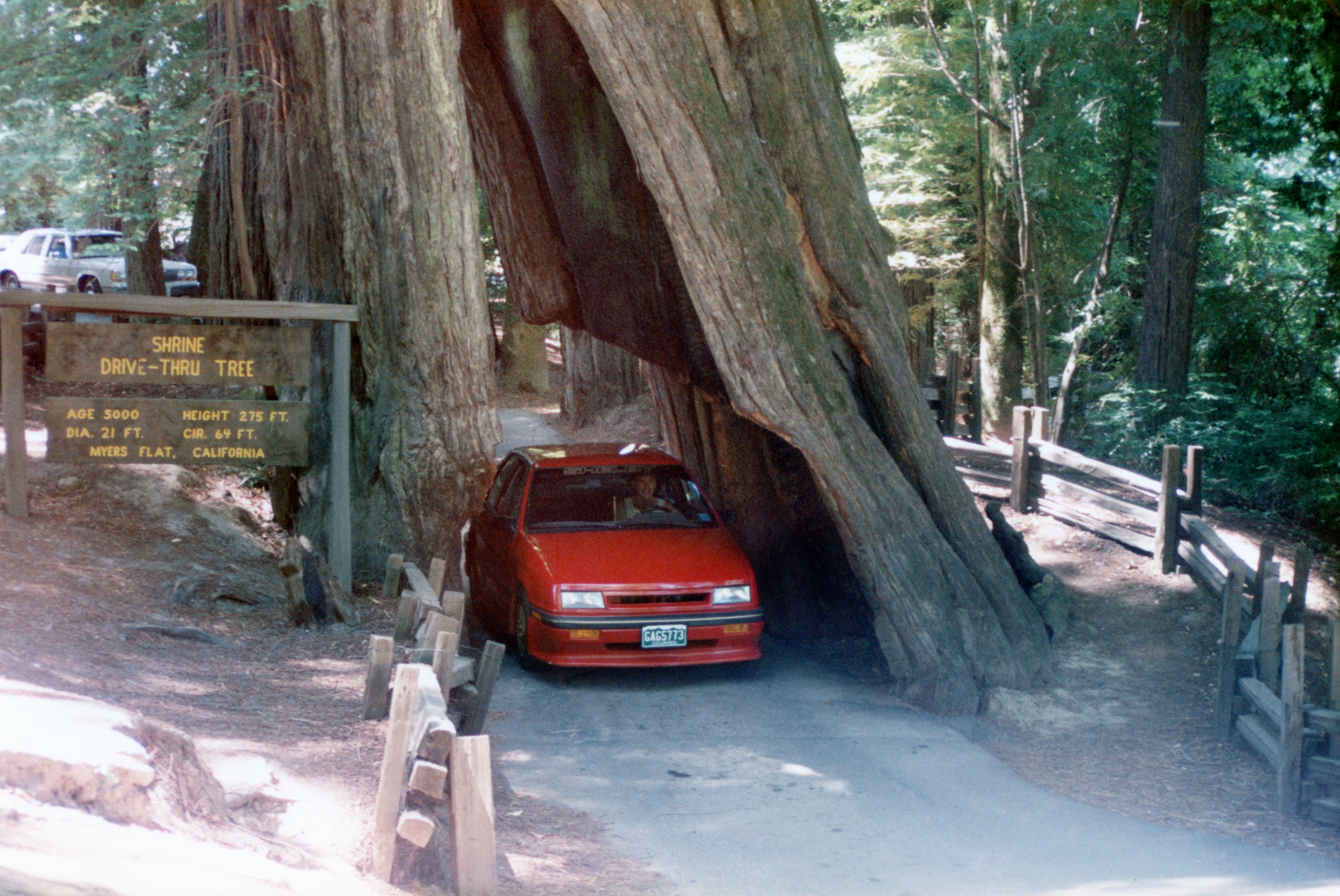
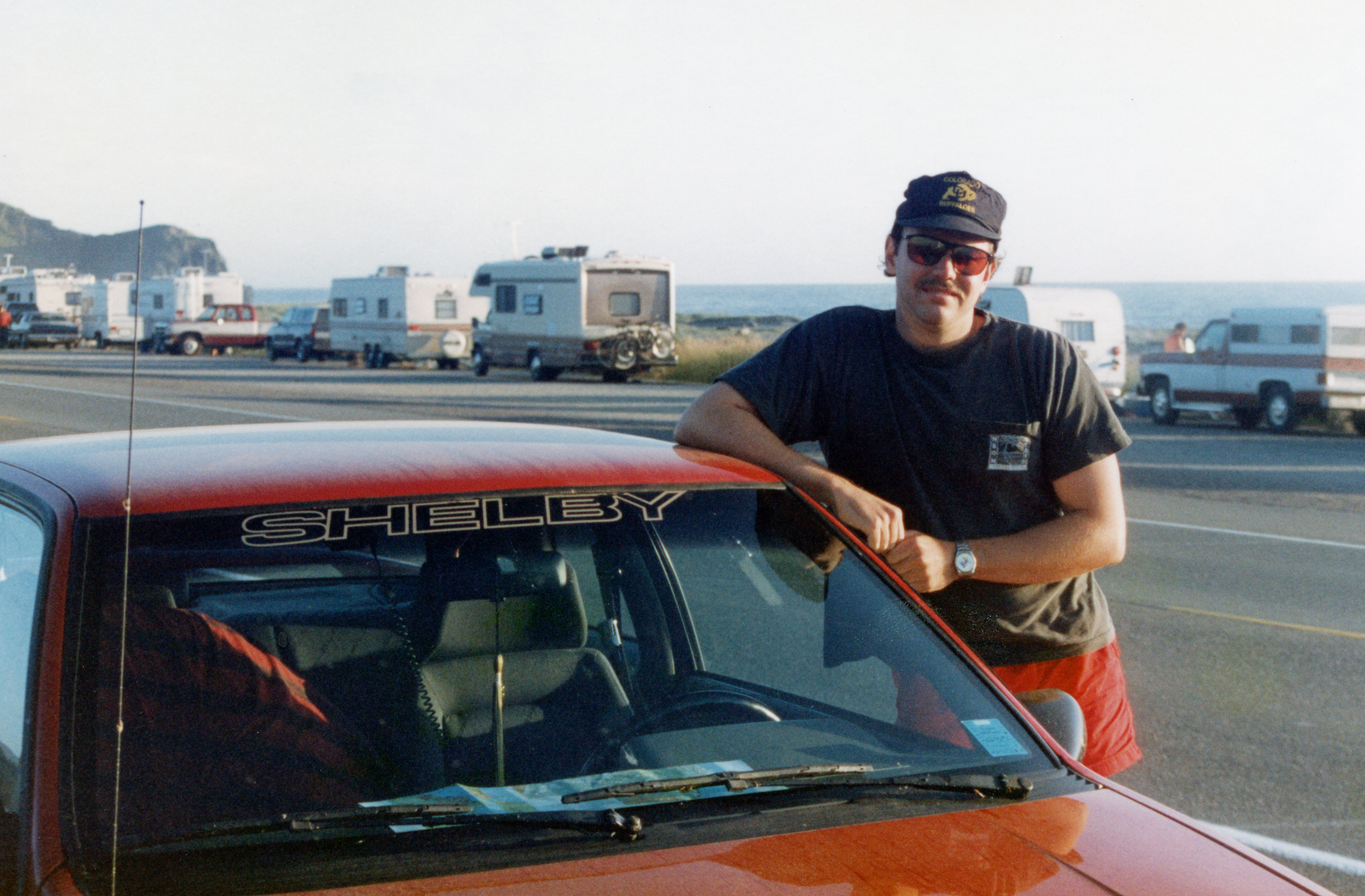
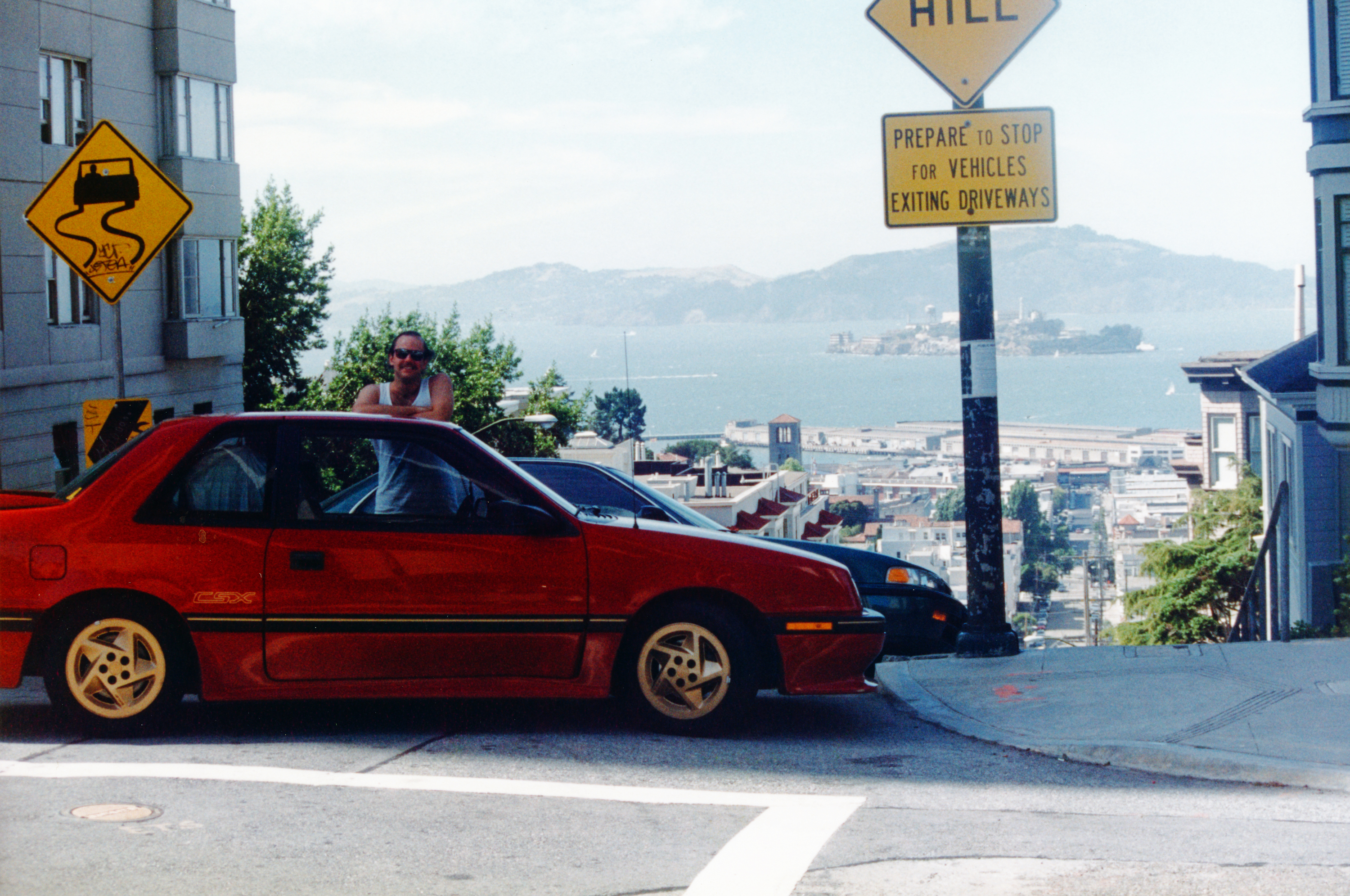

Warren
I’m a current CSX-VNT owner. Immensely enjoyed your story of the experiences you had with your ’89. Thanks for sharing.
FYI: CSX-T engine was the same 2.2L, but it was a stock Chrysler Turbo I engine rated at 146hp.